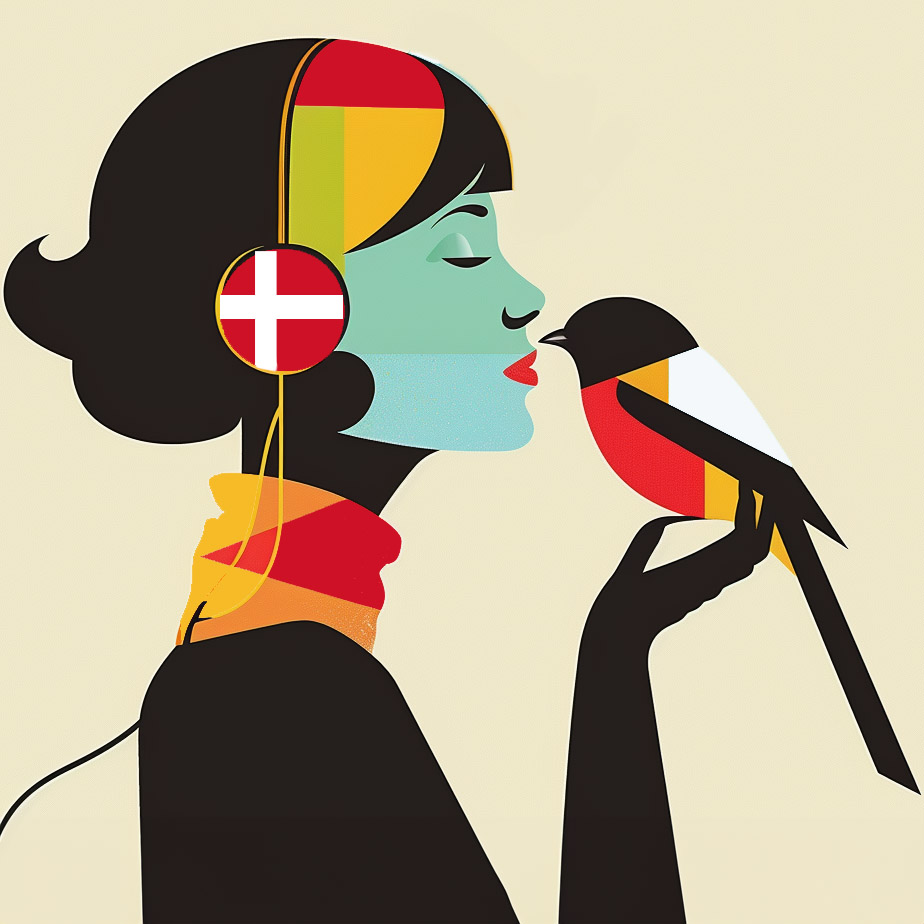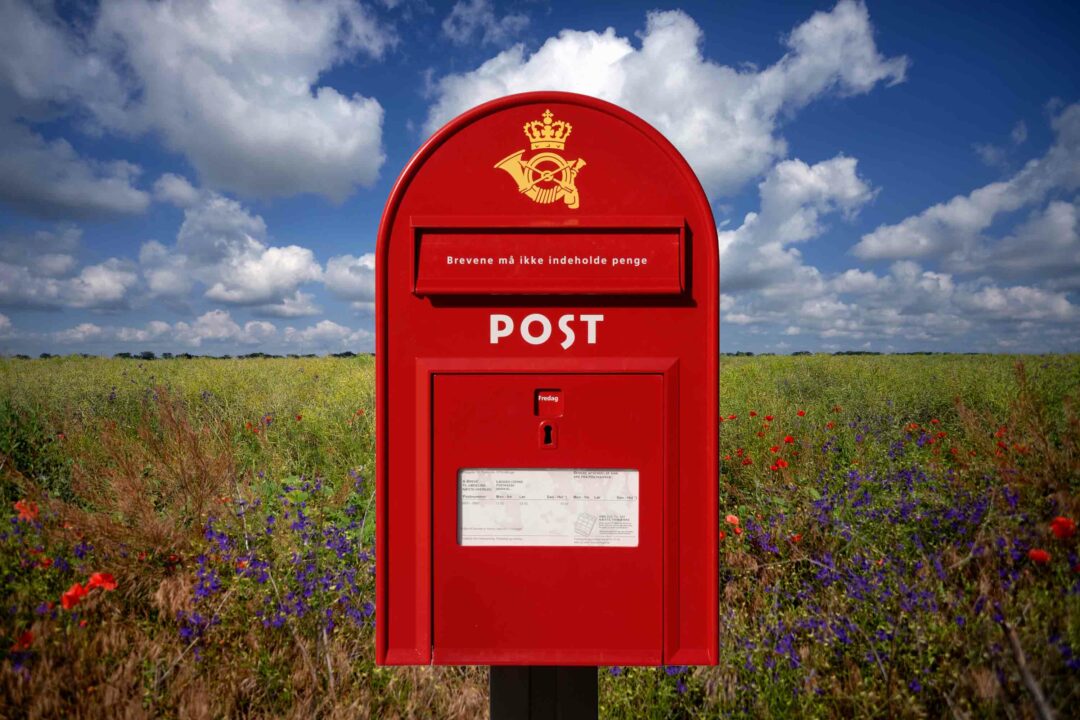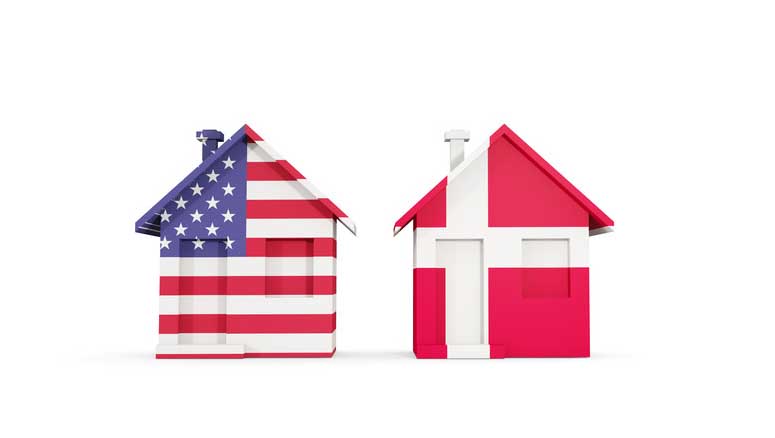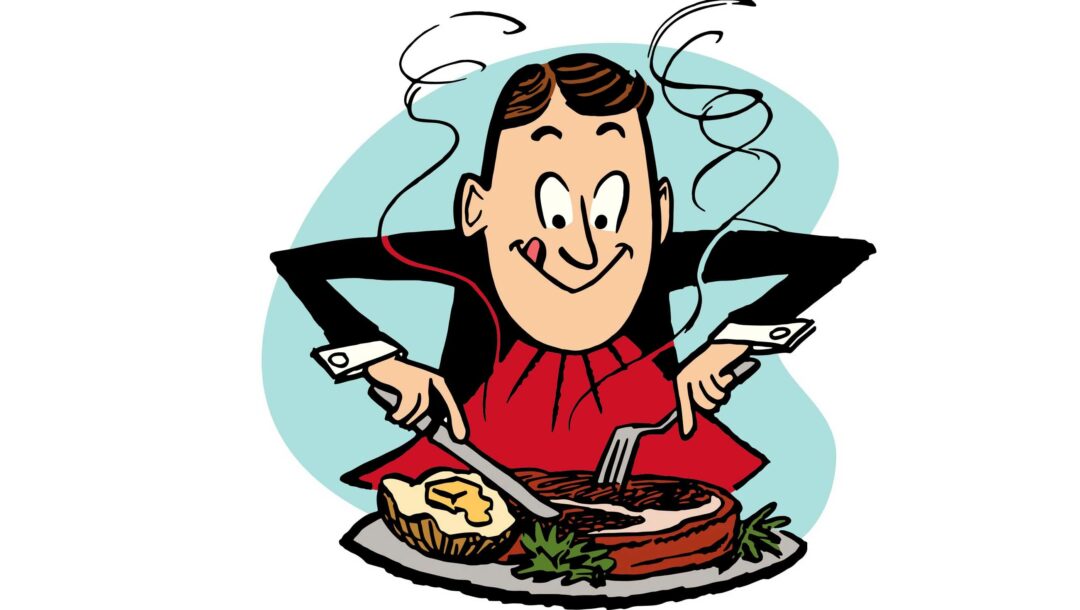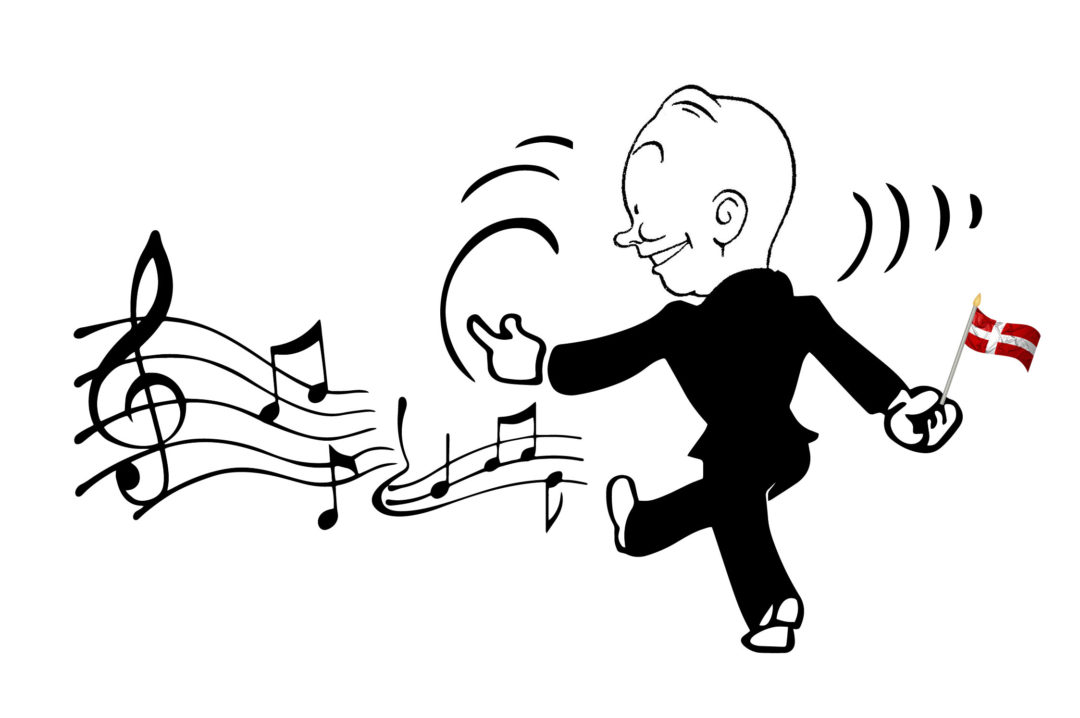I’ve referred to “The Danish Year” before on How to Live in Denmark. It’s a series of events that are simply expected to happen every year in Denmark, even if they aren’t formal holidays. This year I’m going to try to do a podcast every month about aspects of the Danish year, and how they fit into the overall context of where Denmark is coming from, and where it’s going.
June is a glorious month in Denmark, the sun has arrived but the mosquitos haven’t, and it is full of special days, from graduations to weddings to the midsummer festival of Sankt Hans, where Danes meet to sing traditional songs before a giant bonfire.
Danes love a good bonfire, and kids are generally introduced to them in kindergarten, where small children gather around the big open flame in their play clothes.
The Danish National Day
June also includes the Danish national day, Constitution Day. The Danes are modest about this, there are no parades or fireworks or military fly-bys. A few politicians make speeches about how important the Constitution is, but most people don’t even get a day off work. And the Constitution has to share the day with Father’s Day in Denmark.
It doesn’t mean that Danes aren’t patriotic, or don’t love their country. Anyone who has received a Danish flag on their birthday cake knows that they do.
In fact, at some level, a reverse Jante Law applies when Danes talk about their homeland. Under the original Jante Law – which isn’t really a law, just a Danish cultural code – individuals aren’t supposed to think they’re better than anyone else, or smarter than anyone else, or that you have anything to teach anyone else.
Reverse Jante Law
Under this reverse Jante Law, as it applies to the country as a whole, there is a subtle belief that Denmark is the best of all possible countries, with best of all possible systems. It has plenty to teach the rest of the world. In fact, many Danes quietly believe that with time and education, everyone will want to be like Denmark.
In the meantime, Danes show their patriotism in subtle ways, supporting the national sports teams – not just soccer or football, but handball, badminton, and both the men’s and women’s teams.
They display beautiful Danish design items in their homes, like Georg Jensen silver pitchers and bowls.
Patriotic sustainability
They try to buy only Danish meat in the supermarket – because they believe the animals are treated better. Danish vegetables have fewer, or at least better, chemicals, they believe. That’s why you pick the cucumber with the Danish flag on the wrapper. Or, in June, the wonderful fresh Danish strawberries.
Danes show patriotism with their passion for sustainability, the environmental agenda to protect their lovely, flat land.
They support the green transformation with electric cars, by carefully recycling everything they can, and by using renewable energy, preferably Danish wind energy, although there’s always electricity from Norway as a backup.
Norwegian electricity, cheap goods from China, a defense umbrella from the United States, all the things that make Denmark one of the happiest countries in the world.
More time in uniform
This June, however, the Danes are a little nervous, due to a spat with the US over Greenland, as well as the ongoing war in Ukraine. Danish politicians talk a lot about beefing up the Danish military, although there’s no clear idea of how to pay for that. Nobody wants higher taxes, and nobody wants to cut social services.
In the meantime, what they have beefed up is the amount of time Danish military draftees have to spend in uniform – from four months to 11 months.
And, as of the end of this month, girls who turn 18 can be drafted into the Danish military.
Gender equality
This is new, even though girls in Norway and Sweden have been eligible for the draft for some time. Denmark is proud of its record on gender equality, so maybe it’s a wonder it hasn’t happened sooner.
After all, more than half of the medical doctors in Denmark are female. More than half of the priests in Denmark are female. The prime minister is female. At only about 10% female, the military is clearly lagging behind.
“Defense Day”
The way the military draft in Denmark works is like this: Boys, and soon girls, who have just turned 18 are invited to an obligatory “Defense Day” where their physical and cognitive abilities are tested. If these are satisfactory, you get a lottery number, and if the Danish military doesn’t get enough volunteers to meet its needs, you will be called up.
In recent years, there have been plenty of volunteers, so getting enough people hasn’t been much of a problem. And getting into the Royal Life Guards, real-life soldiers who also protect the Danish Royal Family, remains very high status. It’s where Denmark’s future powerbrokers meet each other.
Diversity in the military
In 2023, there were about 5000 volunteers, and roughly 25% of them were female. At least in peacetime, the forces have attracted many young women who are athletes, almost as if it were a very disciplined form of an extreme sports challenge.
But very few stayed in the forces after their four months were up, moving up the ranks. Mette Frederiksen, Denmark’s female prime minister, has said she wants more career female military officers.
There’s also the question of diversity. People of non-Danish ethnic origin make up at least 15% of Denmark’s population under age 25 – but less than 2% of the military. Shouldn’t they have to serve too?
What is this country?
Any national day brings up questions of “what is a country” and “what is THIS country.”
Many people would say that Denmark is about community, shared values, cultural heritage, and a quiet pride in this little boat adrift on the big ocean of the world.
The June holiday that expresses that is less Constitution day than the other June holiday, Sankt Hans, the midsummer festival.
Gathering around the bonfire together, singing old songs together, enjoying nature, and the midsummer light. That’s some of the best of Denmark has to offer. And at least in June, there aren’t too many mosquitos.
.
Image created by Kay Xander Mellish via Midjourney, inspired by the Danish painters Vilhelm Lundstrøm and CW Eckersberg.



